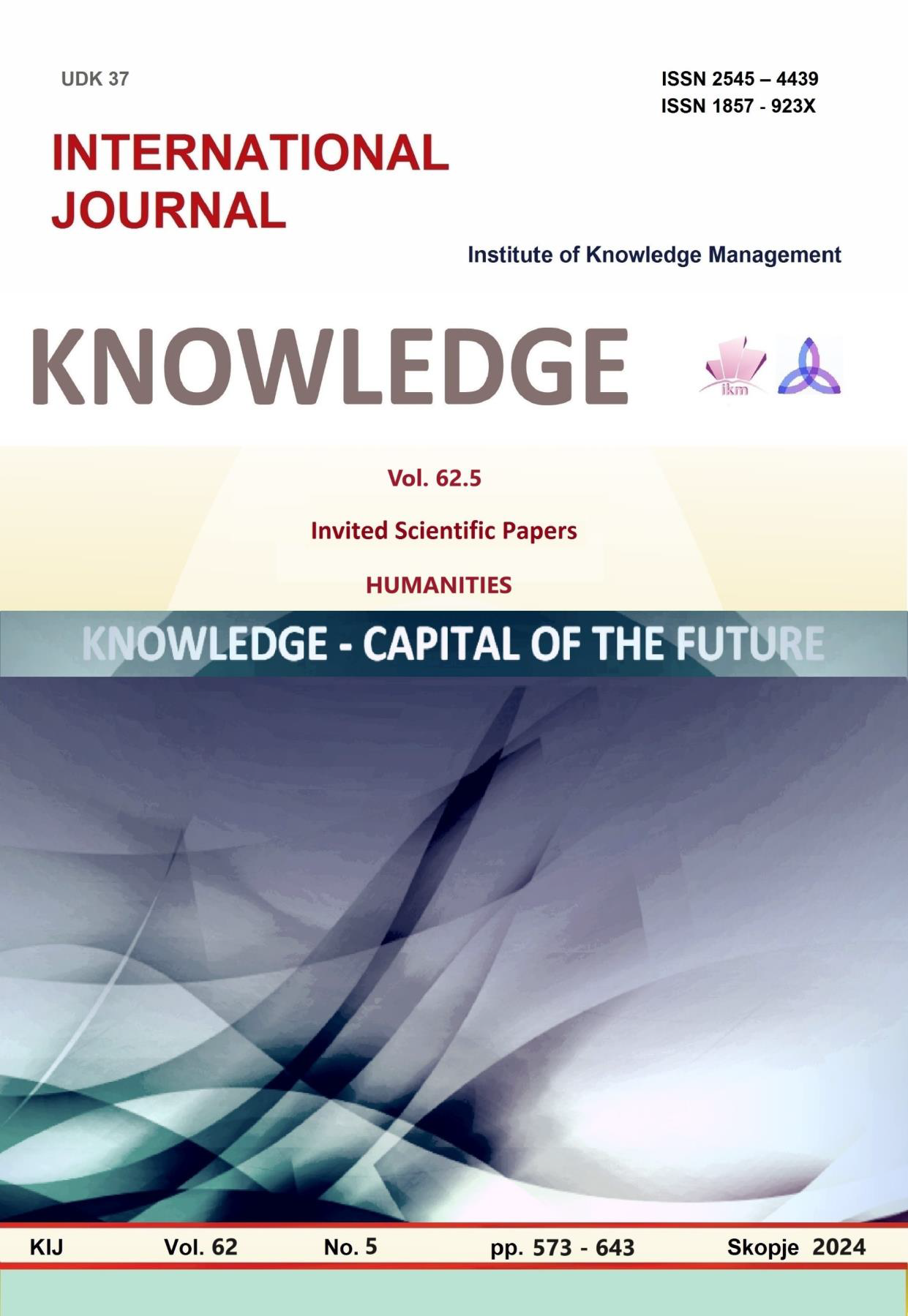АНАЛИЗ НА ТРАНСФЕРА И ПРИЛАГАНЕТО НА КОНЦЕПТУАЛНИТЕ ИЗМЕРЕНИЯ НА ИСТОРИЧЕСКИЯ КОСТЮМ ОТ XIX ВЕК В ПРАКТИКАТА НА МОДЕЛИЕРИТЕ НА ДАМСКАТА МОДА В СРЕДАТА НА ХХІ ВЕК – 2005 г.
ANALYSIS OF TRANSFER AND APPLICATION OF THE CONCEPTUAL DIMENSIONS OF THE HISTORICAL COSTUME FROM THE XIX CENTURY IN THE PRACTICE OF THE FASHION DESIGNERS OF WOMEN'S FASHION IN THE MIDDLE OF THE XXI CENTURY – YEAR 2005
Author(s): Marija KertakovaSubject(s): Theatre, Dance, Performing Arts, Cultural history, History of Art
Published by: Scientific Institute of Management and Knowledge
Keywords: historical costume of the 19th century;implication;fashion trends in the 21st century – year 2005
Summary/Abstract: At the end of her study „History of Costume”, Nadezhda Kaminskaya quotes the French fashion designer Christian Dior: „For me, my own idea of any country, style or era is valuable... Even when I am about to paint costumes for some historical play, then, after a few days of studying the illustrative material, I close the book and wait a while before I pick up the pencil” [1]. This thought very well clarifies the property of implication, dictated by the fact that people do not simply copy or mechanically repeat the old, but strive to find in it a „new” beauty refracted through another prism. At the beginning of the 19th, throughout the 20th and 21st centuries, as a consequence of the technical revolution, which played an important role in clothing fashion, aesthetic paradigms radically changed. The enjoyment of the authentic and masterly embodiment of human desires in fashion is replaced by its presentation as a new reality, capable of changing people's ideas about it. If in the fashion of the 19th century the overall image reigns, subordinated to instilling certain ideas, then for the 21st century aesthetic pleasure is replaced by the functional elements of industrial production as a response to the demands of the market. The visual perception of fashionable women's clothing is undergoing a significant transformation. Here we can talk not only about a change of form (transformation), but also about a change of focus (transfocus). The fashion costume is not seen as a separate and independent object, and the attention of fashion designers focuses on the costume as part of the world processes in the field of art. Through television, the viewer becomes part of the mass audience that attends, albeit indirectly, the haute couture shows held around the world. His aesthetic experience, evoked by the works of fashion designers, is shaped by his ability to connect in his mind layers of different visual information, the basis of which lies the implication. In this sense, implication can be considered as a set of signs that undergo a certain semantic and/or conceptual change in the process of their secondary use. The most important contribution and purpose of this text is the following – a comparative analysis has been made that systematically and graphically presents the similarities and replicas between the costume of the 19th and 21st centuries, exploring the most important fashion trends inspired by the historical costume, manifested in the defile of „haute couture” and „pret-a-porte” of eminent fashion designers in 2005.
Journal: Knowledge - International Journal
- Issue Year: 62/2024
- Issue No: 5
- Page Range: 631-637
- Page Count: 7
- Language: Bulgarian

